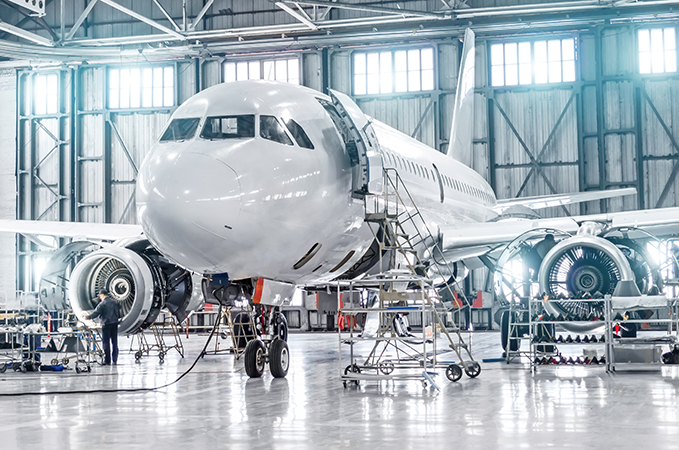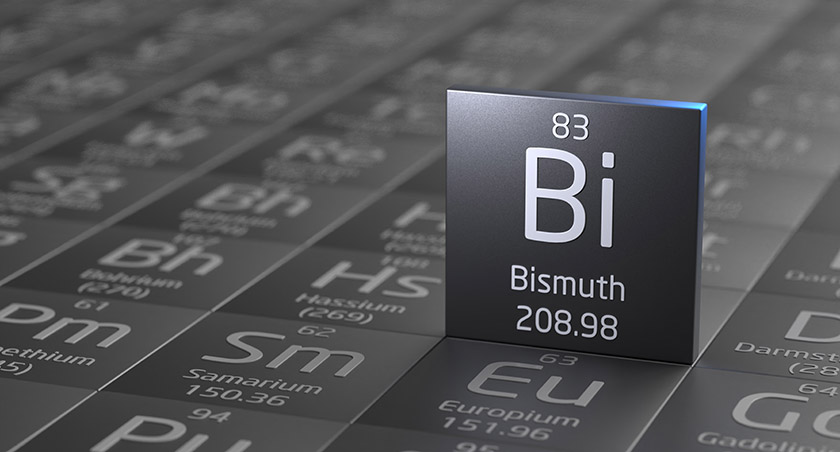More news
- New Managing Director of BASF’s Coatings division
- Global New Material International (GNMI) to acquire Merck’s Surface Solutions busine...
- Delta Coatings unveils plans for global eco-friendly HQ and plant
- PPG recognised for sustainability progress by FTSE4Good for sixth consecutive year
- ChemQuest expands Business Development team, names four VPs

A plane must be able to survive extreme weather, flex, bends and chemicals, among other things. As a result, aircraft paint is a specific sort of paint that is used to paint commercial aircraft, whether new or old. Epoxy and enamel paints are the most common types of paint used for these applications. These coatings are frequently costly, but they are believed to be extremely durable because aircraft operate in harsh environments. Since aviation paint, unlike other paints used in autos and buildings, fades over time, airlines like to have their planes painted to match their designs and colours. The expanding aviation industry has resulted in a rise in the number of aircraft trips, resulting in increased wear and tear. Additionally, rising airline company investments in the procurement of new next-generation aircraft are expected to boost market growth throughout the forecast period.
COVID-19 impact analysis
The outbreak of the disease stifled growth of aircraft paint market in the short term, owing to the temporary suspension of activities across the aviation sector as a result of government restrictions such as travel bans and nationwide lockdowns in many parts of the world, which had a negative impact on the commercial aviation sector. The logistics business was further damaged by global trade restrictions. Furthermore, a halt in aircraft production due to a lack of manpower and raw materials as a result of supply chain disruption restricted market growth. As a result, the frequency of air travel has decreased significantly since the outbreak was declared a pandemic by the World Health Organization.
READ MORE:
PPG warns of “lacklustre” global industrial demand but strength in aerospace and OEM coatings
Focus on automotive: Growth in electric vehicle sales drives adhesives innovation
2K coatings: Increasing demand from automotive and furniture contributes to expected growth
Top impacting factors
Adoption in the usage of a material mix, expansion of the commercial aviation industry and increase in the number of aircraft trips is expected to drive the growth of the aircraft paints market during the forecast period (2023-2032). Aircraft repairs and maintenance, and harmful volatile organic compounds (VOCs) released during coating operations are the restraints that hinder the growth of the aircraft paint market. Increase in air travel demand due to affordable carriers in the emerging regions, and adoption of narrow body aircraft offers an opportunity to the aircraft paints market.
Expansion of the commercial aviation industry
The commercial aviation sector encompasses the portion of civil aviation that involves the hiring of aircraft for passenger or cargo transport activities. The market is primarily driven by the fact that the global aviation business is expanding as a result of the global tourism industry’s expansion. The increase in the number of flights is also boosting the market, since more journeys will result in earlier deterioration of the plane’s paint, which will boost demand. The rising number of aircraft deliveries, owing to the increasing number of daily air passengers as well as the need to replace the ageing aircraft fleet, is predicted to boost demand for aviation aircraft paint. This can be backed up by the fact that the number of air passengers who have travelled through air transport has increased at a significant pace in the past years. For instance, the tourism industry is growing primarily due to the availability of cheap air tickets and the increased propensity of travellers to spend on holidays and leisure trips, which is further propelling the adoption of air transport as a means of travel. The growing business travelers coupled with the increase in the air cargo load are some of the additional factors augmenting the global commercial aviation industry and the demand for aircraft paint market.

Adoption of narrow body aircraft
Narrow-bodied aircraft are expected to see promising growth, owing to the growing demand for narrow-body aircraft and the necessity to replace many outdated mid-size aircraft due to operating efficiency, which has resulted in a major increase in production. During the projection period, the rising number of aircraft launches in the narrow-body sector is also favorably influencing the growth of the aviation paint market. For instance, Embraer plans to bring to the new Super Mid-Size Praetor 600 aircraft in Q2 and the Mid-Size Praetor 500 in Q3. Wide body aircraft to hold a substantial market share throughout the forecast period due to the growing demand for large-sized aircraft owing to the expanding fleet size.
The growing demand for passenger flights has led the airlines to expand their fleet with large-size aircraft.







